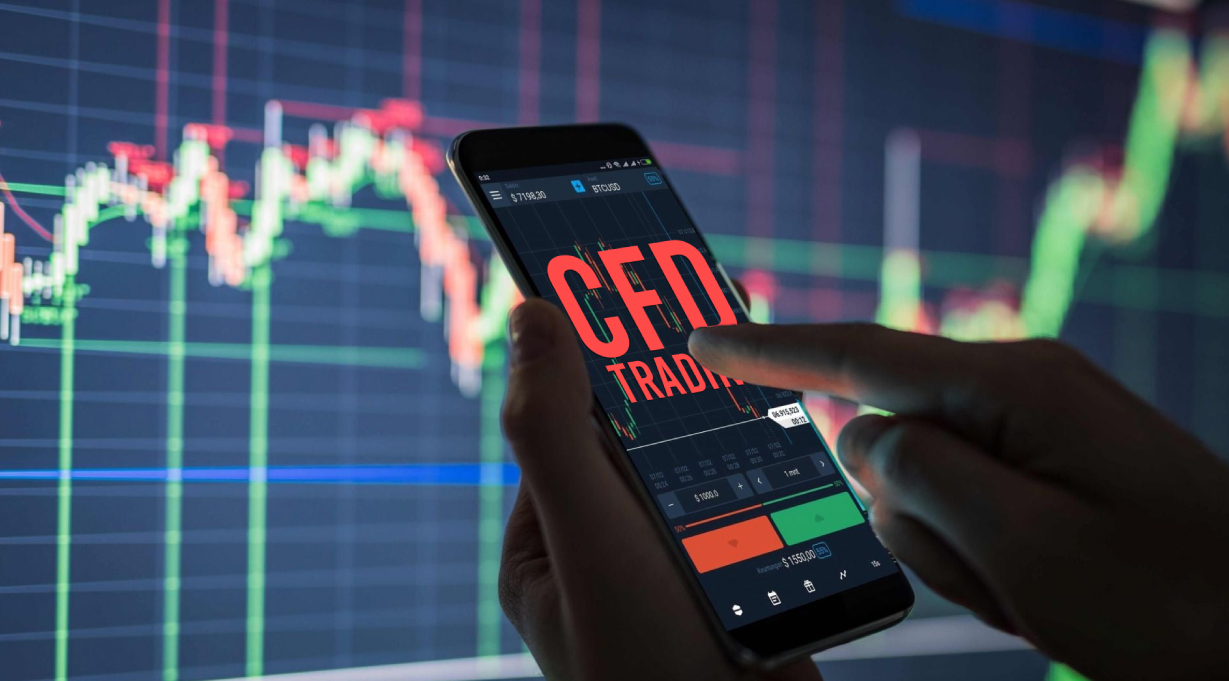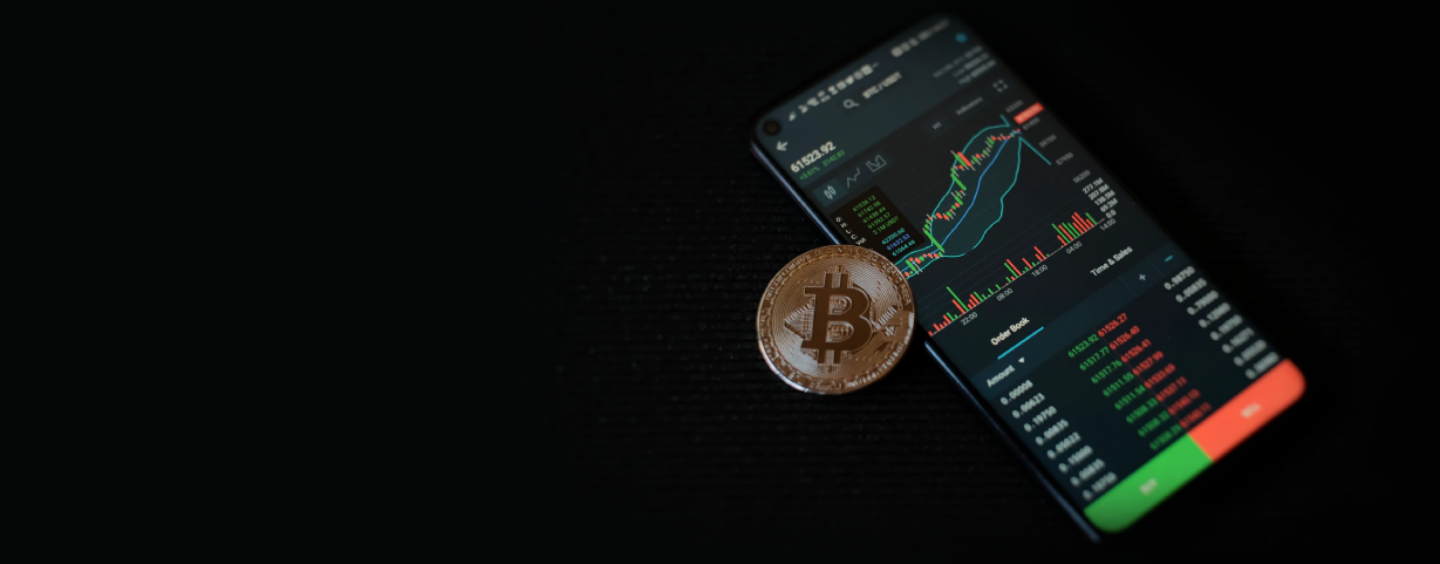Contract for difference (CFD) is an over the counter (OTC) derivative product that works with leverage.
A lot of retail traders are drawn to the idea of betting on price fluctuations and making money if they are right. They are also drawn to the fact that CFD trading doesn’t involve owning the underlying asset. However, they may be unaware of the potential risks of CFD trading.
In Singapore, the Monetary Authority of Singapore (MAS) regulates all financial institutions including CFD brokers and ensures transparency & fairness in their activities. This is in a bid to protect investors from losing funds to scam brokers.
However, there are many foreign brokers that are unregulated in SE Asian countries, but still, they target clients from this region. Most of these brokers also offer very high leverage, and this makes them very risky for retail traders.
We will try to understand how CFD contracts work and the risks CFD traders face.
What are CFDs?

A contract for Difference is a legally binding agreement between a buyer and a seller to pay the difference in which the price of an asset increases or decreases within a timeframe which is when the contract takes effect and when the contract is liquidated. This is done without actually owning the asset.
When you buy a CFD, you are speculating that the price of an asset will go up. If you are right, the CFD seller pays you the difference in price which is settled in cash OTC.
When you sell a CFD, you are speculating on the asset price falling and if you are right, the CFD buyer pays you the difference by which the price has fallen.
There are over 100+ MAS regulated brokers for OTC derivatives & 40 regulated forex brokers in Singapore that offer leveraged forex trading.
CFD Trading allows you to trade underlying assets which can be Currencies, Stock, Indices, commodities etc. CFDs have no expiry date and you close a position anytime by initiating an opposite trade.
However, to keep a position open overnight, interest will be charged or paid to you on the leveraged loan taken by the trader.
Use of leverage In CFD Trading
Since the price movements of most assets are very small on a daily, weekly & monthly basis, CFD trader use leverage to trade. This is because the more capital invested, the higher the profit realized. The use of margin to trade is called leveraged trading.
We cannot discuss leverage without discussing margin.
Margin is the amount a trader is required to deposit in his account before he can commence trading. If contract value is $1,000 and margin is 5% it means the trader has to deposit $50 while the broker borrows him the remaining $950.
Leverage is expressed as a ratio example 1:20 and shares an inverse relationship with margin so in this case margin will be 1/20 or 5%
Danger of using excessive leverage
Leverage is often called a double-edged sword.
While using margin to trade may guarantee more profits if you are correct, if the market moves against you, it could also guarantee more losses.
Current market volatility caused by the Russia-Ukraine conflict makes CFD trading more perilous as prices of underlying assets can gap suddenly.
Example 1: Leverage of 1: 20 and Margin of 5%
If the EUR/USD is exchanging at 1.10 and you speculate that it will rise, you go ahead and buy 100,000 CFDs of the currency pair with contract details below-
Contract value is 100,000 CFDs = $110,000
Margin is 5% so you must deposit = $5,500
While broker borrows you = $104,500
If EUR/USD exchange rate falls to 1.07 you panic and quickly close your position to stop further loses.
You have invested $5,500 of your funds and lost $3,000 i.e. $110,000 – (100,000 CFDs x 1.07)
You suffered a loss of almost 54%.
However if the leverage is higher at 1:50 the margin becomes 2%, the following is the outcome-
Margin deposited by you = $2,200
While broker borrows you= $107,800
Your loss is still the same figure of $3,000 i.e. $110,000 – (100,000 CFDs x 1.07)
However, you invested $2,200 and suffered a loss of 73%.
In summary, with a margin of 5%, the loss suffered was 54% and with a margin of 2%, the loss suffered was 73%.
The MAS has set the minimum margin that Brokers in Singapore can offer to traders at 5% for forex trading, 5% for indices trading and 10% for commodities.
Margin call
Remember we said a CFD trader must deposit money into his trading account before transacting. This deposit is called the initial margin.
Every day the broker checks if your initial margin equates the spot value of the underlying asset the CFD is tethered to. This is called mark to market.
If the outcome of this exercise is negative, a margin call is placed to you to urgently pay in more money to bring your account up to par with market realities. Inability to come up with the funds will mean the broker will close all your open trading positions and you will bear any resulting losses.
CFD Risks in a volatile market
#1. Price risk
Factors such as the ongoing war in Ukraine can cause prices of underlying assets which CFDs are tied to, to rise or fall rather astronomically.
For example, a trader who has a long position on crude oil CFDs without leverage faces a limited risk since the price of crude oil cannot fall much below zero. Unfortunately, the same cannot be said for a trader who has a short position on crude oil
CFDs as he faces the risk of an infinite rise in the prices of crude oil.
When the price of an underlying asset gaps, it may skip the stop price set with a stop loss order. If the stop price is set at $5, the price of the asset could fall from $5.2 to $4.7 thus gapping the $5 stop price set with a stop order. When this happens the stop order is executed at the next available price of $4.7 instead of $5 and the trader loses $0.3 more than was planned for.
#2. Liquidity risk
When you buy a CFD contract, you need to perform an opposite trade to close your position. This opposite trade means selling the contract.
Sometimes the unavailability of a buyer willing to buy at your desired price can render your contract illiquid. When this happens, you may end up holding your position for longer than planned and interest will be charged on the leveraged loan.
Also, the spreads could widen due to liquidity issues.
It is safer to trade CFDs tied to very liquid underlying assets.
Managing CFD Trading Risks
#1. Monitor your open positions
CFD risk can be managed by constantly monitoring your open positions.
Be up to date with the news and happenings related to your underlying assets. Keep an active data plan to be sure you are always connected to the internet and can trade at the click of a finger.
Keep your emotions in check and be disciplined enough to accept small losses without revenge trading. You win some, you lose some.
#2. Use Stop loss and Guaranteed stop loss orders
A stop loss order is an automated order a trader gives his broker to close his open CFD position when the price of the underlying asset reaches a certain point called the “stop price”.
Once the stop price is reached a market order is automated to perform an opposite sell or buy trade as appropriate. A stop price can be set above the spot price of the underlying asset in the case of a short CFD position and below the spot price for a long CFD position.
A guaranteed stop loss order (GSLO) is similar to a stop order. It goes a step further to guarantee the trader that even if the price of the underlying asset gaps, his position will be closed and market order executed. Some brokers charge a premium for GSLOs.
#3. Determine how much you are willing to risk
When you set your stop loss order close to the current price of the underlying asset, you can afford to risk higher amounts of money on trading CFDs. This is because if the market moves against you, the stop loss order should protect you from severe damage.
However when you set your stop loss order far away from the current price of the asset, you have already accepted to lose a tangible amount of your capital and hence you should not risk high amounts of money trading CFDs.
#4. Use a broker that offers negative balance protection
Negative balance protection ensures you don’t lose more than the funds in your trading account. It prevents the trader from owing the broker money.








